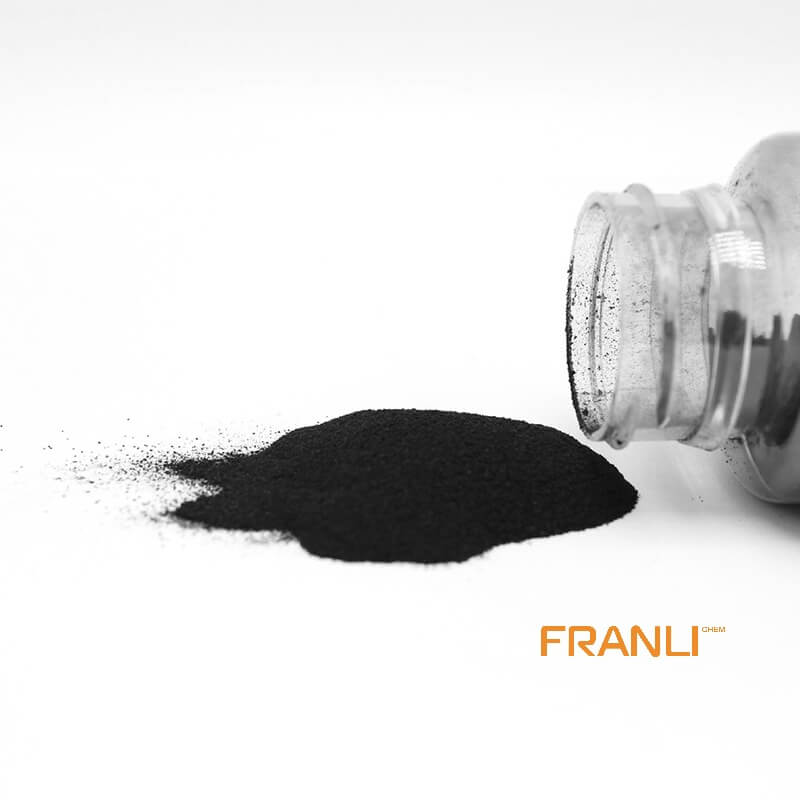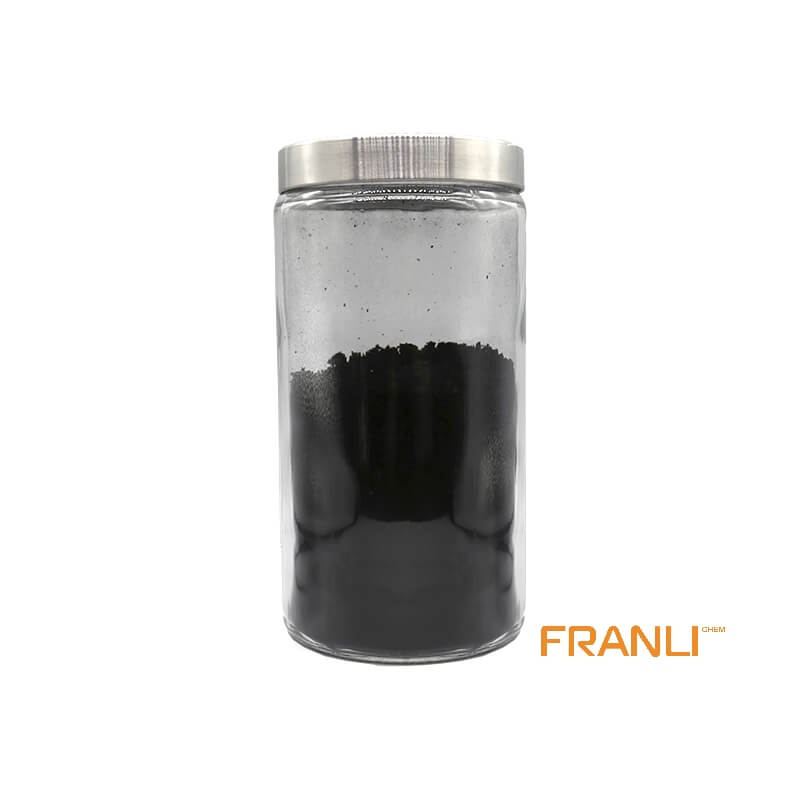

Graphene
Size
1-2nm thick x 0.5-5microns wide
Package
According to customer requirements
Features
High strength, high electrical conductivity, etc.
Application
Can be used as filler(between 0.01% and 5%).
Graphene, as the thinnest, toughest and best conductive nano material found at present. It is a two-dimensional crystal composed of carbon atoms stripped from graphite material with only one layer of atom thickness. Known as “black gold”, it is “the king of new materials”. Scientists even predicted that graphene “will completely change the 21st century”.
Request a quote
It is believed that all scientific researchers in the graphene professional field have their own views and Thoughts on the dispersion and preservation of graphene oxide series products. We have selected the questions of the majority of graphene product users for specific answers, hoping to give more help to graphene researchers and users.

1. Is graphene oxide water-soluble? Why do I get graphene oxide with small particles dispersed in water?
Under normal circumstances, the aqueous solution of graphene oxide is well dispersed. Graphene oxide has small particles dispersed in water, which may be because it contains a part of graphite oxide slag with incomplete oxidation, which can be removed by centrifugation; Strong ultrasound can also be considered to improve the peeling degree and go dispersion performance, which can reduce small black particles to a certain extent.
2.What is the instrument used for ultrasonic dispersion of graphene oxide? Will the ultrasonic cell crusher I use destroy the structure of graphene oxide?
Ultrasound can accelerate the dispersion of graphite oxide, but it will also damage its structure to a certain extent and cause a certain impact. Therefore, the ultrasonic time should not be too long. Generally, go with good dispersion performance can use an ordinary ultrasonic machine. Forgo with poor dispersion or long storage time, Cell Crusher (power 300W) can be used. The structural damage of go is less under 10min operating conditions. This crushing device is also matched with the overall freeze-drying scheme of the Xinyu company.
3. Graphene oxide was ultrasonicated at 53khz for one and a half hours, but there were still a lot of precipitates at the bottom. How to make it disperse evenly?
(1) Ultrasonic dispersion is not the longer the better. The increase of water bath temperature will lead to the deoxidation of some go in the ultrasonic process, but the decrease of dispersion;
(2) During ultrasonic dispersion, go particles can be dispersed as far as possible with dropper assisted stirring, which is very helpful for dispersion;
(3) If the dispersion effect of go powder is poor, you can try to adjust the pH by using a cell grinder or adding a small amount of ammonia or n-butylamine to the dispersion, which is helpful to the dispersion of go.
4. Is the smaller the particle size of graphene oxide, the better the water dissolution?
The water solubility of graphene oxide has a certain relationship with the particle size, but there is no direct relationship. The more key factors are its product quality and dispersion technology. The water solubility of ordinary go can meet the use requirements of customers. If the requirements are higher, nanographene oxide and high specific surface area graphene oxide can be selected, with good water solubility.

5. To add graphene oxide dispersion to epoxy zinc-rich primer, what diluent is needed to dilute epoxy zinc-rich primer and effectively disperse graphene?
(1). Toluene and n-butanol are usually used, but neither of them can obtain graphene oxide solution, so they can only be used to form a dispersed suspension;
(2) Directional organic dispersion modification or functional modification of graphene;
(3) Directly purchase the same graphene dispersion or slurry as the solvent system of epoxy zinc-rich primer.
6. Whether graphite oxide slurry is dispersed by ultrasonic?
Our graphite oxide slurry is preliminarily stripped by stirring in a mild way, and ultrasonic and other equipment are not used for stripping.
7. Will your product is not completely dispersed with high-power ultrasound?
The product has good dispersibility, and the above situation will not occur in theory. Product ultrasound is generally water bath ultrasound. The ultrasonic power is generally 80-100w, and the ultrasonic time is 10 minutes. There is no problem for the product to be stored under low humidity and low temperature for one year. We use ultrasonic power of 60-80W at room temperature for 2 minutes. If you want to peel better, it is recommended to use low-temperature ultrasound for 10 minutes.
8. Is the slurry deposited? Need ultrasonic stripping into a single layer?
Go slurry shall be properly stored within its shelf life and will not deposit. The solid content of the slurry product is 2%, which is very viscous and cannot be stripped into a single layer, but the solution in a single layer can be obtained by ultrasound after dilution.
9. Will graphene oxide agglomerate in alkali solution?
It is conditional for agglomeration to occur under alkaline conditions. It can exist stably under weak alkaline conditions, but agglomeration is easy to occur when pH exceeds 11. The reason may be that the adsorption of go and metal ions changes the zeta potential of the lamella, resulting in the mutual attraction of the lamella, which is consistent with the negative zeta potential of go; Deoxidation does occur when heated in alkaline solution, but if the color deepens due to changing pH value, it is not a simple deoxidation reaction, which may be related to the degree of electron conjugation.
“Preparation determines the future, and equipment determines preparation. The future of the graphene industry depends on whether we can provide really good graphene materials.” it is not easy to prepare good graphene.



